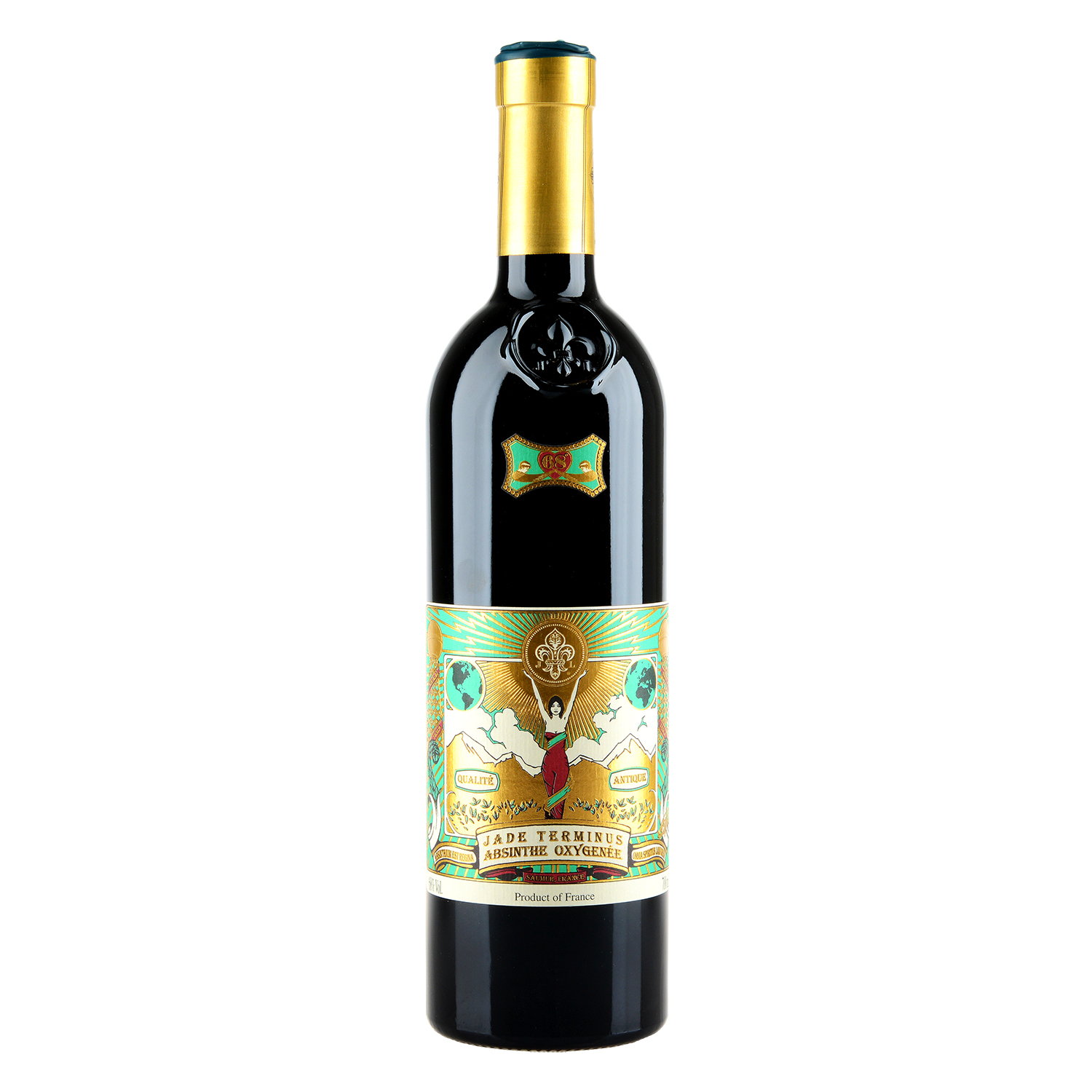Glossary
Absinthe
In principle, incorrect spelling, since absinthe comes from the French-speaking world and is therefore spelled with an "E". But it is still used very often.Absinthe
an aperitif distilled from a herbal macerate with an alcohol content between 45% vol. alcohol and about 80% vol. Alc.Absintheism
Fictitious disease invented by opponents of absinthe around the turn of the century with the aim of discrediting absintheAbsinthe ban
Between around 1910 and 1925 absinthe was banned in numerous countries due to dubious allegations. Absinthe was allowed again in the EU at the end of the 90s.Absintheur
Historical term for an absinthe drinker or absinthe loverAlambic
A firing port usually made of copperanise
One of the 3 main components of absinthe.Appetizer
An alcoholic beverage drunk before a meal to whet the appetiteanethole
The essential oil from various herbs that play a crucial role in the production of absinthe. Anethole is also the reason why absinthe becomes cloudy when water is added.Bain Marie
A double-walled firing port. There is water in the cavity between the two walls, which is usually heated with hot steam.Belle epoque
The time around the turn of the century, which was also the heyday of absinthe.< h4>Blanche Absinthe Uncolored, clear absinthe. Was produced relatively rarely before the absinthe ban, but especially in Switzerland, in the Val de Travers until 2005, because it was much easier to hide it that way. Today, white absinthe is on an equal footing with green absinthe
carafe
A water vessel used to prepare absinthe.Clandestine
Basically designates a secret activity. In relation to absinthe, this refers to the black distillery that was common in the Val de Travers between 1910 and 2005.coloration
is the coloring process that colors absinthe green. For this purpose, cheap products usually use artificial colorings, high-quality products use herbs that are not only the origin of the color, but also give the product a special finish through their own aroma. < p>Coriander
used in many recipes as a seed during maceration.Couvet
Village in the Val de Travers, Canton of Neuchatel in Switzerland. The first commercial absinthe distillery was founded here by Heri-Louis Pernod and his father-in-law in 1797.Cuillere
French for spoon. A utensil that was and is used in many different ways to prepare absinthe.Distillation
Process that separates alcohol from water. During absinthe production, a macerate is placed in a furnace and heated. Since alcohol boils at 78°C and water only at 100°C, the alcohol content that has been flavored by the previous maceration can be separated from the water. The distillate comes with about 83% vol. alcohol from the Burning Port.Content: 0.7 Liter (€77.07* / 1 Liter)
Content: 0.7 Liter (€82.79* / 1 Liter)
Content: 0.7 Liter (€64.21* / 1 Liter)
Content: 0.7 Liter (€99.93* / 1 Liter)











